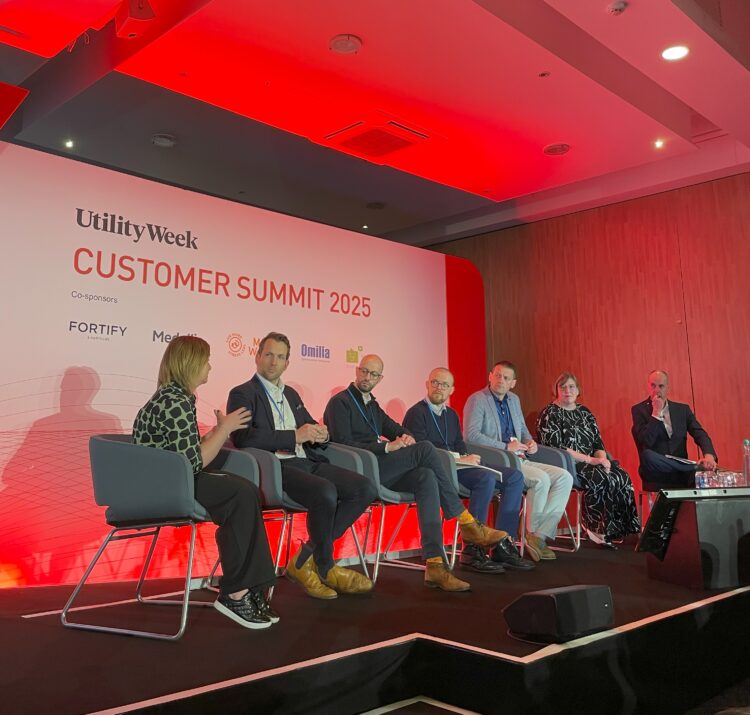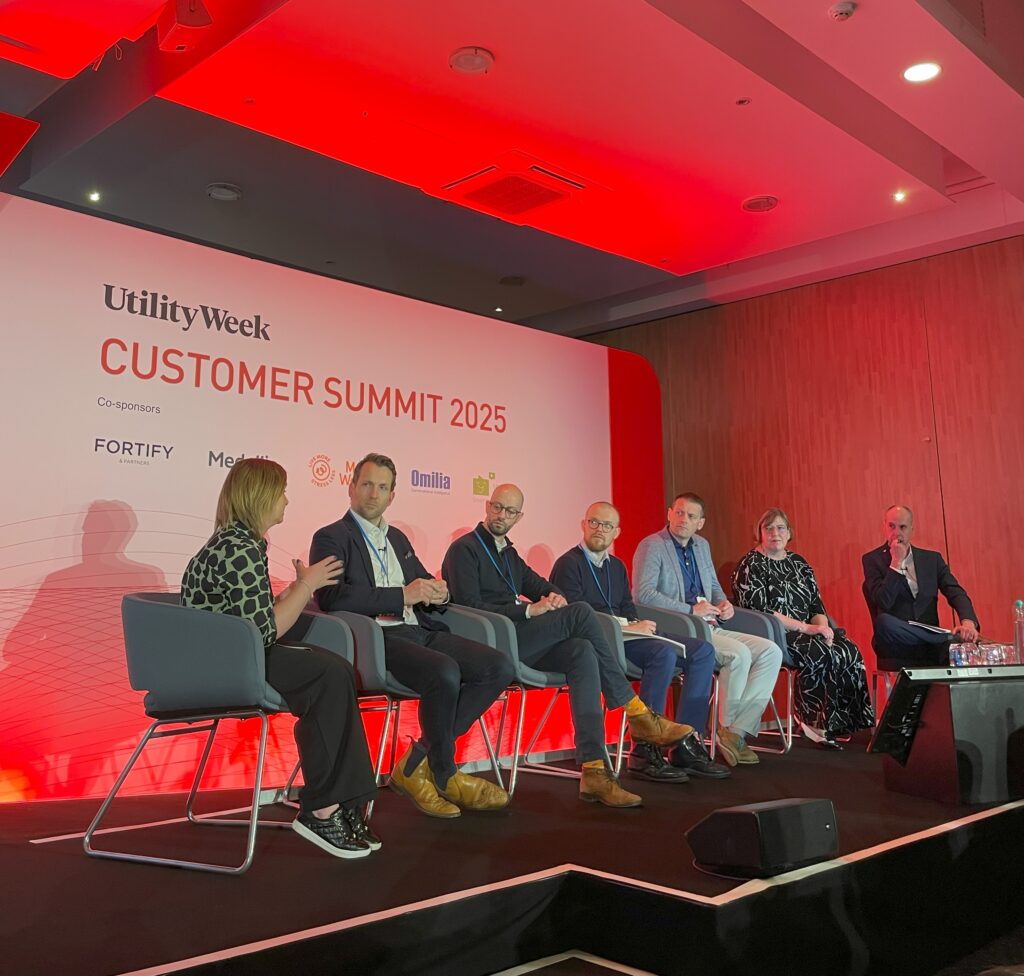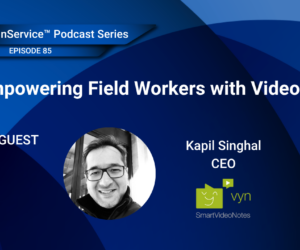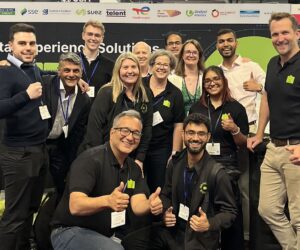
In today’s competitive landscape, customer service is a critical differentiator to build brand loyalty and drive business success. But, in the utilities sector where competition isn’t always a driver, how can you ensure customer service is still exemplified and upheld across all areas of the business?
At the Customer Summit 2025, over 150 senior leaders in the utility sector came together to get to grips with this challenge. The event focused on all aspects of delivering excellent customer service, with one of the key discussions centring on how success can be measured in customer service across the various utilities sectors.

From Feedback to Action
Good customer service isn’t a one-size-fits-all concept. Feedback and performance metrics reveal that it depends on a range of factors from improving communication channels and response times, to enhancing satisfaction scores and building trust.
Christopher Shead from E.ON Next shared a valuable insight: it’s not about the quantity of interactions, it’s about the quality. Focusing on meaningful, engaged conversations with customers leads to greater retention and improves key metrics like Trustpilot scores. He emphasised that customer service should aim for lasting relationships rather than just quick, transactional resolutions.
On a similar note, Will Johnstone from Citizens Advice pointed out that high-quality service doesn’t just improve customer satisfaction, it empowers customers. However, designing a rating system that accommodates various suppliers while still focusing on improvements for vulnerable customers remains a challenge. For example, the STAR rating system could be an excellent way to evaluate metrics such as call wait times and complaint resolution.
When it comes to water utilities, Sue Clarke from Pennon Group, raised an important point: the majority of customers have no alternative providers, making complaint reduction essential for success. Jo Causon from Institute of Customer Service, broadened the discussion, adding, “What creates a truly exceptional customer experience are the softer dimensions.” These dimensions go beyond technicalities, addressing customers’ trust in the organisation. Trust, after all, is the bedrock of great customer service, built through consistency, reliability, and empathy.
While the discussion offered different perspectives on how great customer service can be measured, the truth is that it’s still difficult to point out what exactly drives its success. One way to truly understand what your customers expect and how to meet their needs is through insight into their journey. That’s where real clarity can come in — by seeing things from their perspective.
So, what remains unseen?
A key element often missed in delivering outstanding customer service is visibility. Metrics alone only capture part of the picture. They can’t tell us if a customer’s issue was truly resolved or if the interaction left a positive mark. And let’s face it — feedback can be skewed, only reflecting those who took the time to share their thoughts, leaving out the silent majority. Also, customer service is too often evaluated in a vacuum, ignoring the customer’s entire journey — before, during, and after the service experience.
Without both qualitative and quantitative data, seamlessly aligned across departments, even the best service can miss the mark. Customers need to feel informed, valued, and engaged. When visibility of the whole journey is lacking, the service experience can feel disconnected and impersonal.
The summit discussion nailed it: If you can’t see it, how can you measure it? To truly elevate customer service, we must start by making the invisible, visible.
Capture, Connect and Close the Loop
Improving visibility is key to understanding the customer journey. By gaining insight into every aspect of your operations, from asset management to customer interactions, you can uncover new opportunities to enhance customer satisfaction and drive growth. It is about empowering everyone – customers, contractors, and colleagues — with the right tools to gain a complete, 360-degree view of your assets, operations, and deliverables.
Ancel Boucher, Global Utilities VP at Vyntelligence, shared a powerful insight, “Customer experiences, contact experience, and field experience all need to be understood in combination. Only then can you start coaching and guiding field objectives to ensure better quality conversations with customers, and thereby enhancing their experience.”
The road to true customer service excellence starts with solutions that boost visibility, improve accuracy, and build trust. Video Intelligence is the path forward to measurable customer journey. And that’s where Vyntelligence leads the way. The agentic AI-powered video platform offers the tools designed to:
- Improve Visibility: Gain real-time insights into your field operations, asset performance, and customer interactions.
- Better Accuracy: Standardise data collection and reporting to ensure reliable and actionable information.
- Build End-to-End Trust: Foster transparency and collaboration between field teams, administration, and customers.
By leveraging Vyntelligence you can empower your workforce and connect your customers better and faster. Join the top 80% utilities and enable your business to track key metrics, identify areas for improvement, and demonstrate your commitment to exceptional service.
Customer Summit 2025: Key Takeaways
The Customer Summit 2025 provided invaluable insights into the evolving landscape of customer journey in the utility sector. Here’s a summary of key themes and best practices:
- Focus on quality interactions: Emphasise quality over quantity in customer interactions, aiming to retain customers and improve customer satisfaction scores.
- Address the needs of vulnerable customers: Ensure improvements benefit all customers, with a particular focus on those most in need.
- Monitor both contact and field experiences: Gain a holistic view of customer service by analysing interactions across all channels.
- Embrace technology while maintaining the human touch: Leverage digital channels and AI to streamline processes, but ensure customers feel valued and understood.
- Foster a customer-centric approach at all levels: Prioritise customer needs and feedback to improve service and build trust.



